Big Animals – Blacktip Reef Sharks
|
Where there’s one blacktip reef shark, there’s likely two, or three… or 30. Distributed throughout Southeast Asia and Oceania, blacktips are one of the most common small sharks to see and photograph underwater. They hunt in packs, so a good shark dive can bring these handsome photo subjects in by the dozens. They aren’t shy either, so just make sure to keep your camera between you and the shark. YAP, MICRONESIAAll shark dives aren’t created equal—the dive at Vertigo in Yap is evidence of that. Although this small Micronesian island is best known for mantas, Vertigo puts the photographer within arm’s reach of up to 30 blacktip reef sharks all looking for a bite (of the fish bait). With up to 40 sharks on a single dive, there’s no shortage of subjects—it just takes a little nerve to nail the shot. Recommended OperatorWhen to DiveThe Vertigo dive site, and all sites on the west side of the island, are available to dive year-round based on clear whether. However, traveling to the other side of the world, you might want to time your trip with prime manta season, which occurs annually between December and April. OTHER LOCATIONSBlacktips are common sights throughout the Asia-Pacific region, but some locations feature higher numbers of subjects with regularity. One popular spot for photographing blacktips is in the waters of French Polynesia. Bora Bora and Rangiroa offer up sharks in scores, with feedings commonly offered. |
Pro TipsThere’s no shortage of sharks on this dive. Instead of “spraying and praying,” try to single out single subjects and focus on composition.
Even once you’ve run out of air, there’s still good photography opportunities to be had. Return to the boat and lean over for some great split shots using your largest dome port. Make sure to ask your operator if it’s possible to try split shots at sunset or on a day with blue sky and clouds, rather than overcast.
Yap might have warm, tropical water (85 degrees), but this is one dive you’ll want to wear a wetsuit for safety. With dozens of sharks scrambling for bait, wearing a full, black wetsuit helps cover exposed skin that a shark might mistake for bait. Also, the wetsuit comes in handy for the hard coral that plasters the site.—Joe Tepper |
RELATED CONTENT
Featured Photographer

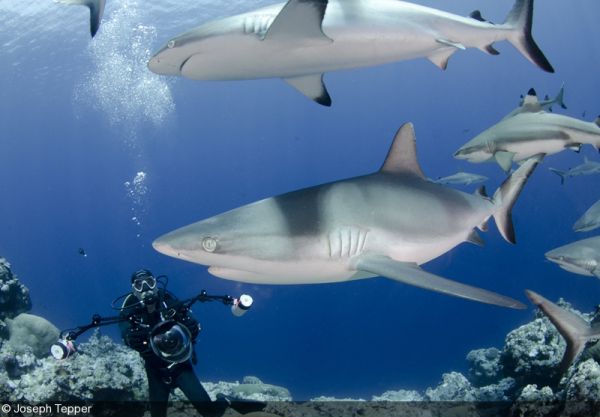
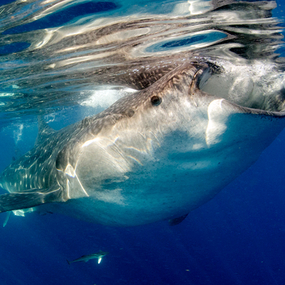
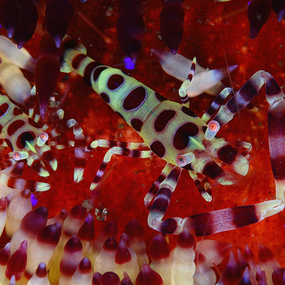
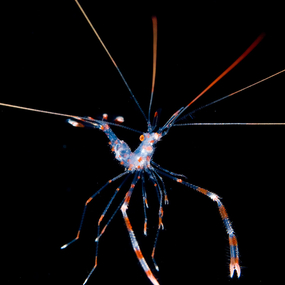
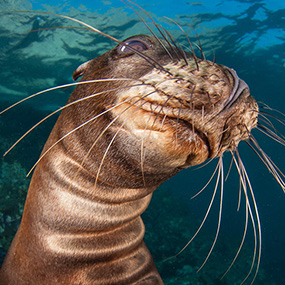
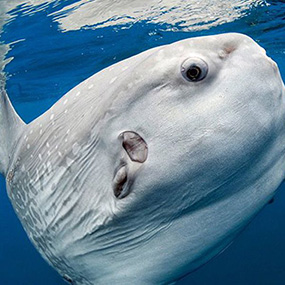
 Antarctica
Antarctica




